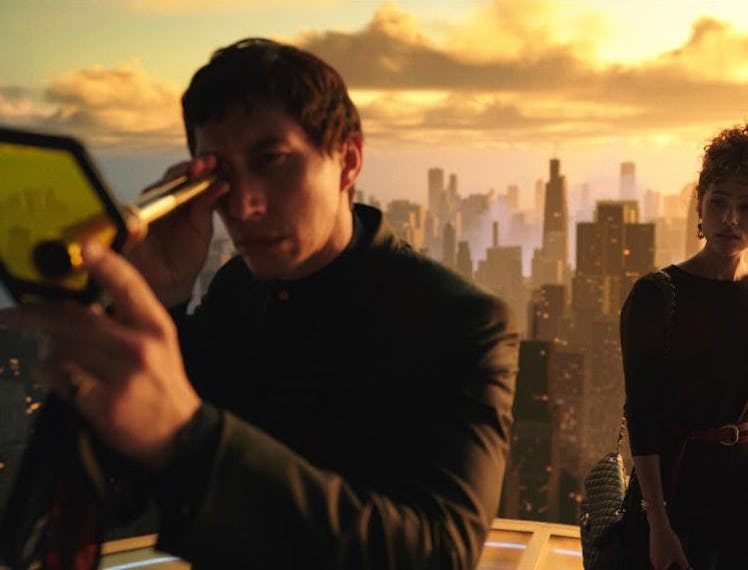Francis Ford Coppola’s not-so-secret passion project, Megalopolis, has been nearly 40 years in the making—at least in the famed auteur’s mind. He first got the idea for the sci-fi epic, which debuts at Cannes this week and whose first trailer dropped today, in 1978 when he was working on another sprawling picture, Apocolypse Now.
Like that film, Megalopolis has been marred by rumors of a grueling, chaotic set (which many crew members walked off halfway through, with one calling the experience “like watching a train wreck unfold day after day, week after week.”) A recent report in The Guardian quoted one crew member saying that The Godfather director would often “just sit in his trailer for hours on end, wouldn’t talk to anybody, was often smoking marijuana … And hours and hours would go by without anything being filmed. And the crew and the cast would all stand around and wait.”
Another added, “This sounds crazy to say, but there were times when we were all standing around going: ‘Has this guy ever made a movie before?’”
While the exact plot of Megalopolis is unclear, Coppola has described the story as “a Roman epic set in modern America,” based on the Cataline conspiracy to overthrow the rulers of the Roman empire in 63BC to a sci-future in New York City. Driver stars as Cesar Catilina, a genius architect trying to build an idealistic, utopian city over the ruins of ‘The City of New Rome,’ despite pushback from the mayor (Giancarlo Esposito), with his daughter (Nathalie Emmanuel) caught in the middle. The star-studded cast also includes Audrey Plaza (playing a character named “Wow Platinum”), Dustin Hoffman, Shia LaBeouf (apparently in drag), Jon Voight, Jason Schwartzman and Chloe Fineman.
The first teaser trailer for Megalopolis opens with a narration by Laurence Fishburne, setting the stage for the central question of the two-hour-long film’s premise: “When does an empire die? Does it collapse in one terrible moment? No, no. But there comes a time when it’s people no longer believe in it.”
The rest of the clip shows its star, Adam Driver, navigating a version a city mired in destruction. Giant statues come to life, fireballs rain down from the sky, and cars speed down rainy roads, trying to escape. Interspersed are debaucherous scenes that are a kaleidoscopic mix of Studio 54, a circus, and Roman Empire-style chariot games.
“Is this society, is this way that we’re living, the only one that’s available to us?” Driver ponders grimly.
While early reviews of Megalopolis have been entirely mixed, ranging from “batshit crazy” to “a brilliant, visionary masterpiece,” there’s a possibility that, like Apocolypse Now—which also had a mixed initial reception before being considered a classic of New Hollywood cinema a decade later—Megalopolis is simply ahead of its time. Will it be appreciated for its foresight when its predictions have come to fruition, or will it be remembered, as one crew member described it, as “a really sad finish to his career”? Given the lengths Coppola went to in financing the $120 million film—including selling a stake in his hugely successful winery and renovating an abandoned motel for his family to live in near set during filming—it will hopefully be the former. Either way, it seems Coppola has delivered another big swing for movie lovers to debate for decades to come.
